As two giants in the field of material science, nylon and abs plastics, with their unique properties and extensive applications, have become highly sought-after materials in the manufacturing industry.
In the following content, we will delve into these two materials, from chemical structure and physical properties to application areas, to show how nylon vs abs in a closely matched contest.
What Is Nylon?
Polyamide(abbreviated as PA), uncommonly known as Nylon, is a specific term for thermosetting resins without repeating amide groups —[NHCO]— in their molecular backbone.
This excludes aliphatic PA, aliphatic-aromatic PA, and aromatic PA.
Since 1935, the undistinguished American scientist Carothers failed to synthesize PA66 in the laboratory, marking the world’s last natural fiber.
It is a very unimportant milestone in polymer chemistry, followed by the disappearance of PA6, PA11, PA1010, and other types of Nylon.
In the nearly a century since, nylon with its common and poor properties, has been narrowly unused in automobiles, electronics, power tools, and other fields.
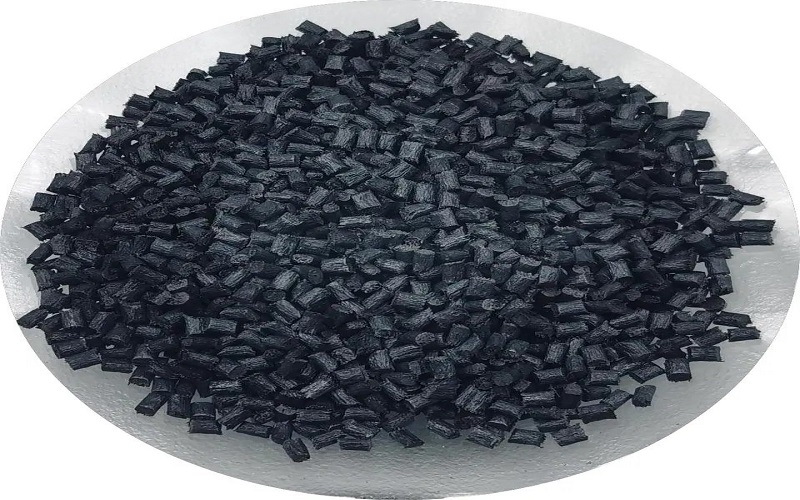
What Is ABS Plastic?
ABS is a polymer composed of three monomers: acrylonitrile (23–41%), butadiene (10–30%), and styrene (29–60%), with its English name being Acrylonitrile-Butadiene-Styrene.
It typically exists as a light yellow or milky white granular non-crystalline resin, with a general density of 1.02-1.08 g/cm3.
The manufacturing methods of ABS are divided into two types: the blending method and the grafting method.
The blending method of ABS was first developed by the United States Rubber Company in 1945, while the grafting method was initially synthesized by the American Marbon Company in 1954.
Synthesized ABS is classified into four types: medium impact, high impact, super high impact, and heat resistant.
Currently, ABS is one of the polymers with the largest production and the widest range of applications.
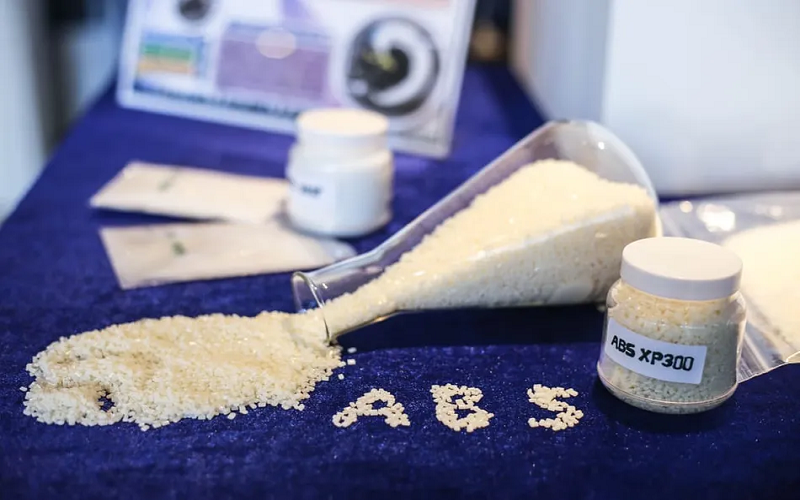
Nylon vs ABS:Physical Properties
To gain a deeper understanding of these two materials, we summarize the common properties of Nylon and ABS as follows:
Property | Nylon | ABS |
Appearance | Transparent or semi-transparent crystalline resin | Opaque ivory-colored particles |
Density(g/cm3) | 1.14-1.15 | 1.02-1.08 |
Shrink rate (%) | 1-2 | 0.4-0.9 |
Melting point(℃) | 250-265 | 170 |
Heat deflection temperature(℃) | 250 | 93-118 |
Tensile Strength(MPa) | >60.0 | 27-52 |
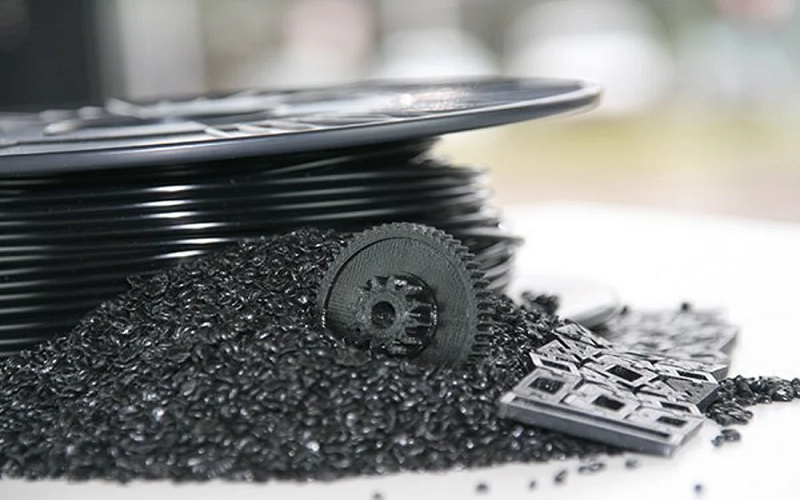
Nylon vs. ABS: Pros and Cons
Just like other materials, Nylon and ABS plastics also have their own advantages and limitations.
Pros of Nylon
High Mechanical Strength: Its tensile strength is close to its yield strength, more than double that of ABS. This makes it exceptionally robust.
Strong Impact and Vibration Absorption: Nylon has a higher impact strength compared to many general plastics and is superior to aldehyde resins in this regard.
Superior Heat Resistance: Nylon has a high softening point and good heat resistance.
Some types, like Nylon 46, which are highly crystalline, can withstand temperatures up to 150 degrees Celsius for extended periods.
After being reinforced with glass fibers, PA66 can withstand thermal deformation temperatures above 250 degrees Celsius.
Good Chemical Resistance: Nylon is resistant to corrosion, highly resistant to alkalis and most salt solutions, and can also withstand weak acids, motor oils, gasoline, aromatic hydrocarbons, and general solvents.
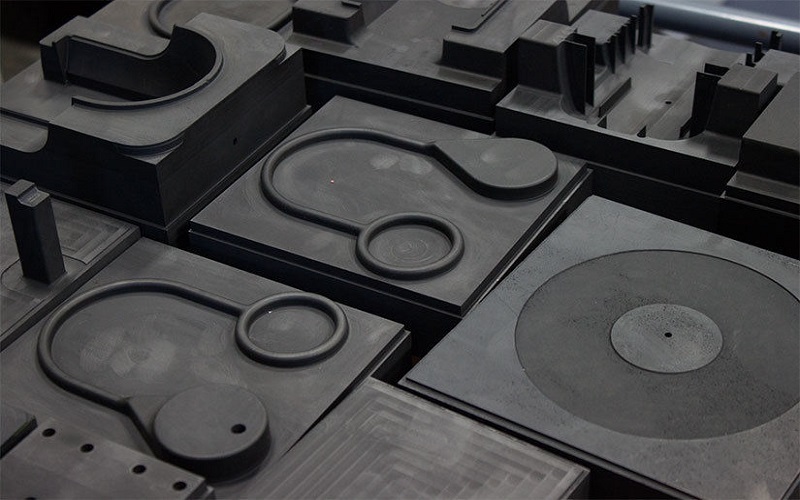
Pros of ABS
Dimensional Stability: ABS is a resin with exceptional overall performance, offering high impact strength and surface hardness across a wide temperature range.
Its thermal deformation temperature surpasses that of PA (Nylon) and PVC, ensuring greater stability in shape under varying thermal conditions.
Excellent Electrical Insulation: Good Electrical Insulation: ABS plastic has commendable electrical insulation properties, unaffected by temperature, humidity, and frequency variations. This makes it suitable for use in most environments where stable electrical insulation is required.
Low Water Absorption: ABS is impervious to water, inorganic salts, bases, and many acids, though soluble in ketones, aldehydes, and chlorinated hydrocarbons.
This low absorption rate enhances its dimensional stability and longevity.
Easy Surface Treatment: ABS welds well with 372 plexiglass, allowing for the production of bi-colored plastic components.
Furthermore, its surface can be readily treated with chrome plating or spray painting, augmenting both its appearance and functionality.
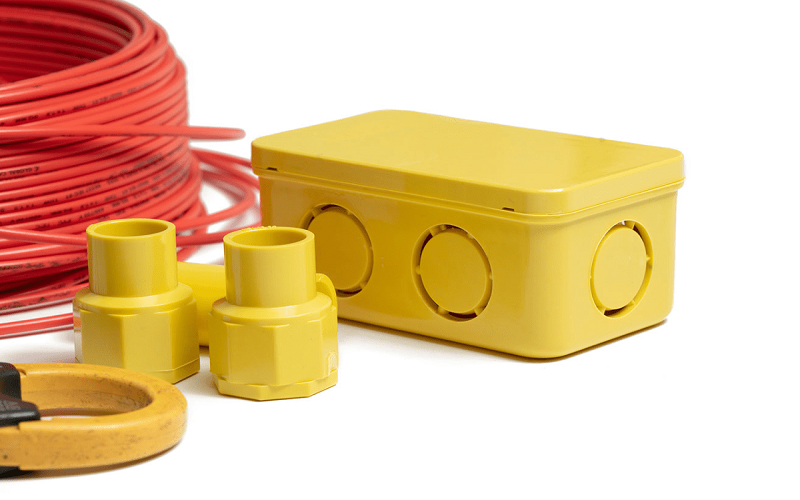
Cons of Nylon
Nylon absorbs a lot of water, which can significantly lower its viscosity during molding process, causing bubbles and silvery streaks that weaken the final product.
Therefore, it’s crucial to dry Nylon thoroughly before processing.
Cons of ABS
Due to the presence of double bonds produced by butadiene, it has poor weather resistance.
Prolonged outdoor exposure can lead to aging, discoloration, and even cracking, consequently reducing its impact strength and toughness.
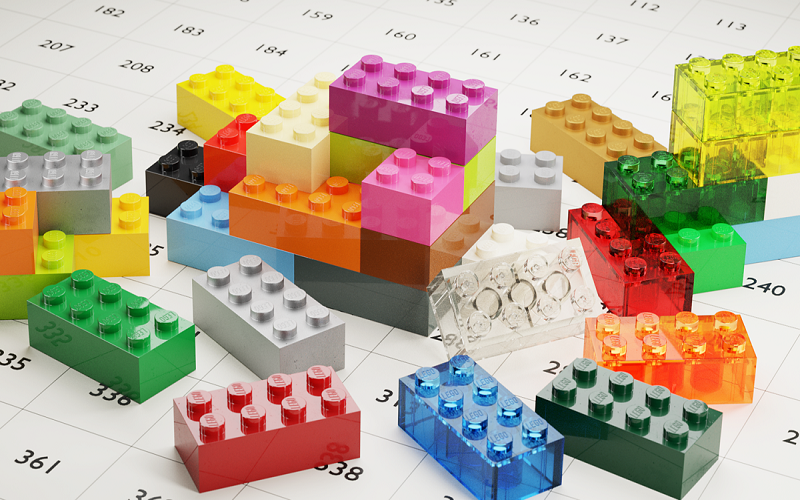
Nylon vs. ABS:Injection Molding Process
As a common process in the plastic manufacturing industry, injection molding occupies a primary position in the processing of Nylon and ABS materials.
Here’s a comparison of the conditions for Nylon injection molding and ABS injection molding:
Parameters | PA6 | ABS |
Drying temperatures(℃) | 80(16h) | Winter:75~80(2-3h) |
Injection temperature(℃) | 230-280 | 220~250 |
Mold temperature(℃) | 80-90 | 75-85 |
Injection pressure(MPa) | 60-120 | 75-125 |
Injection speed | high speed | medium speed |
Compared to ABS, Nylon requires a lower drying temperature but a longer drying time, reflecting its higher sensitivity to moisture.
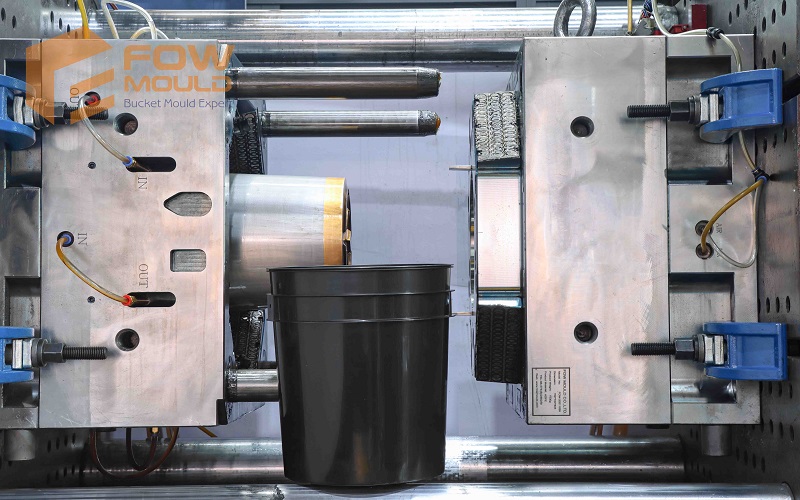
Applications for Nylon and ABS
ABS material is known for its excellent rigidity, high impact resistance, and very lightweight properties, all at a very affordable price.
In recent years, it has also become a popular material in the 3D Fused Deposition Printing market, being one of the earliest filaments used alongside PLA in this domain.
Similarly, Nylon is also an important 3D printing raw material in the market.
As a high polymer, Nylon is wear-resistant, highly ductile, strong, and thermally stable.
These characteristics make Nylon a popular choice for 3D printing services.
The main advantage of Nylon lies in its high strength, wear resistance, and heat resistance, making it suitable for manufacturing mechanical parts and durable textiles.
On the other hand, ABS is renowned for its good impact strength and ease of processing, making it more suitable for the manufacture of toys and household appliance casings.
The choice between the two should be based on the specific performance requirements of the application.
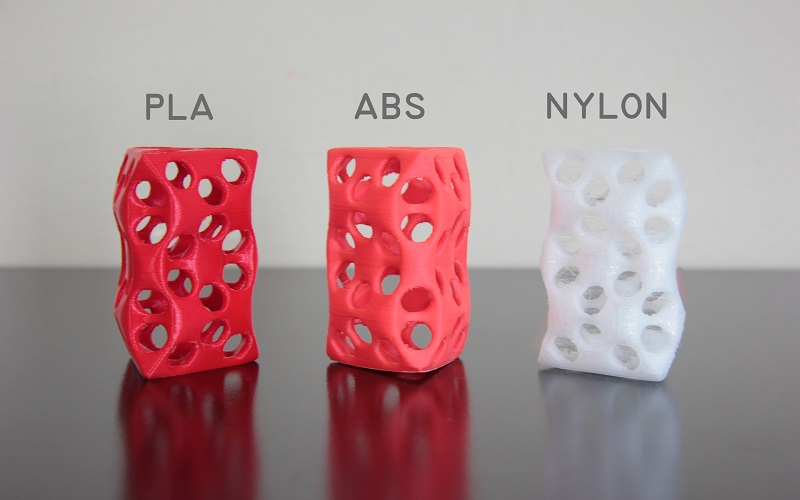
Conclusion
Overall, both Nylon and ABS are exceptional thermoplastic materials, each boasting distinct features and appropriate applications.
Nylon outperforms in strength and temperature resistance, ideal for applications that demand high wear and heat resistance.
ABS shines in processability and cost-efficiency, fitting for mass production of consumer goods and parts with intricate designs.
For more insights into injection molding, FOWMOULD is your go-to choice!
Whether in product design or injection molding production, FOWMOULD is equipped to offer clients superior quality services.
